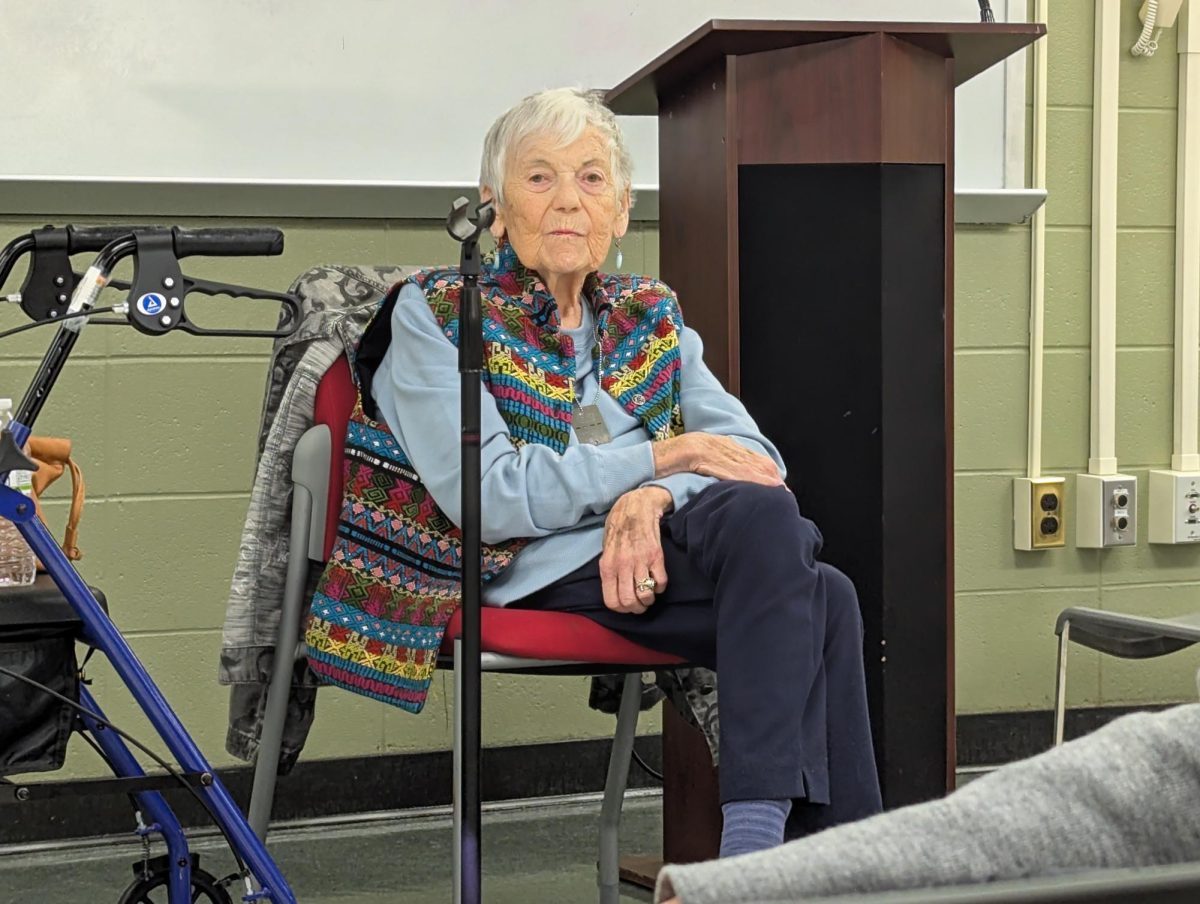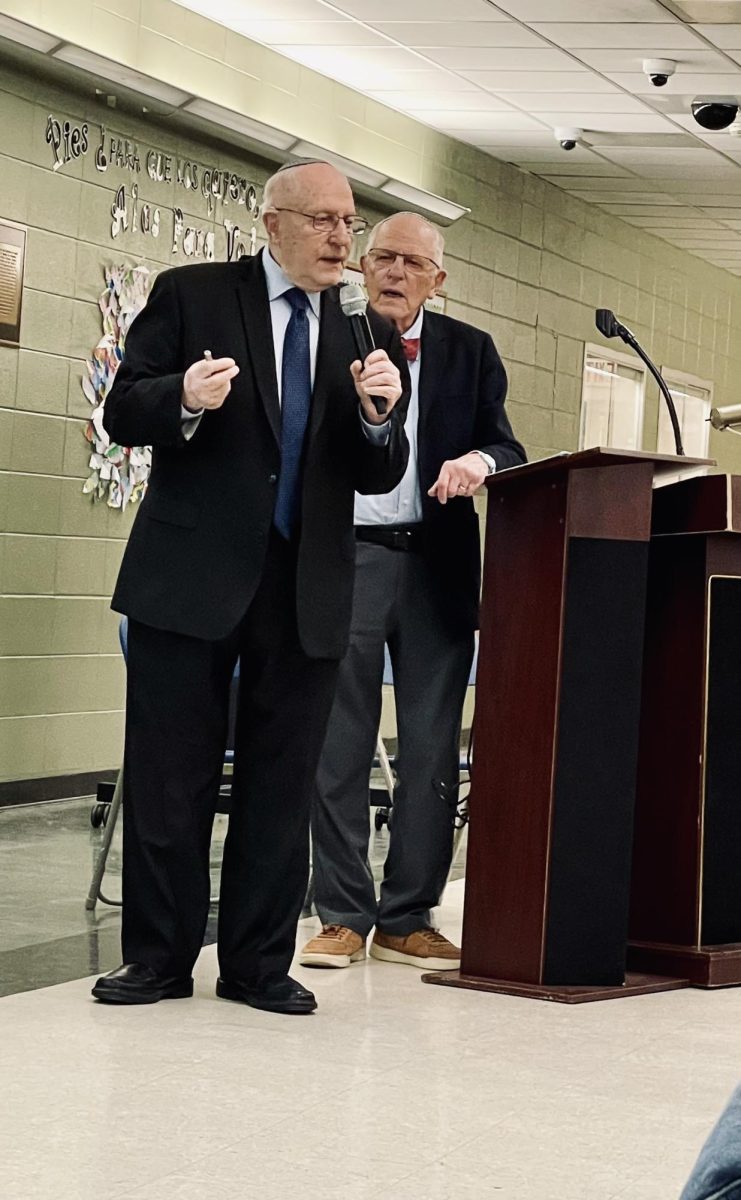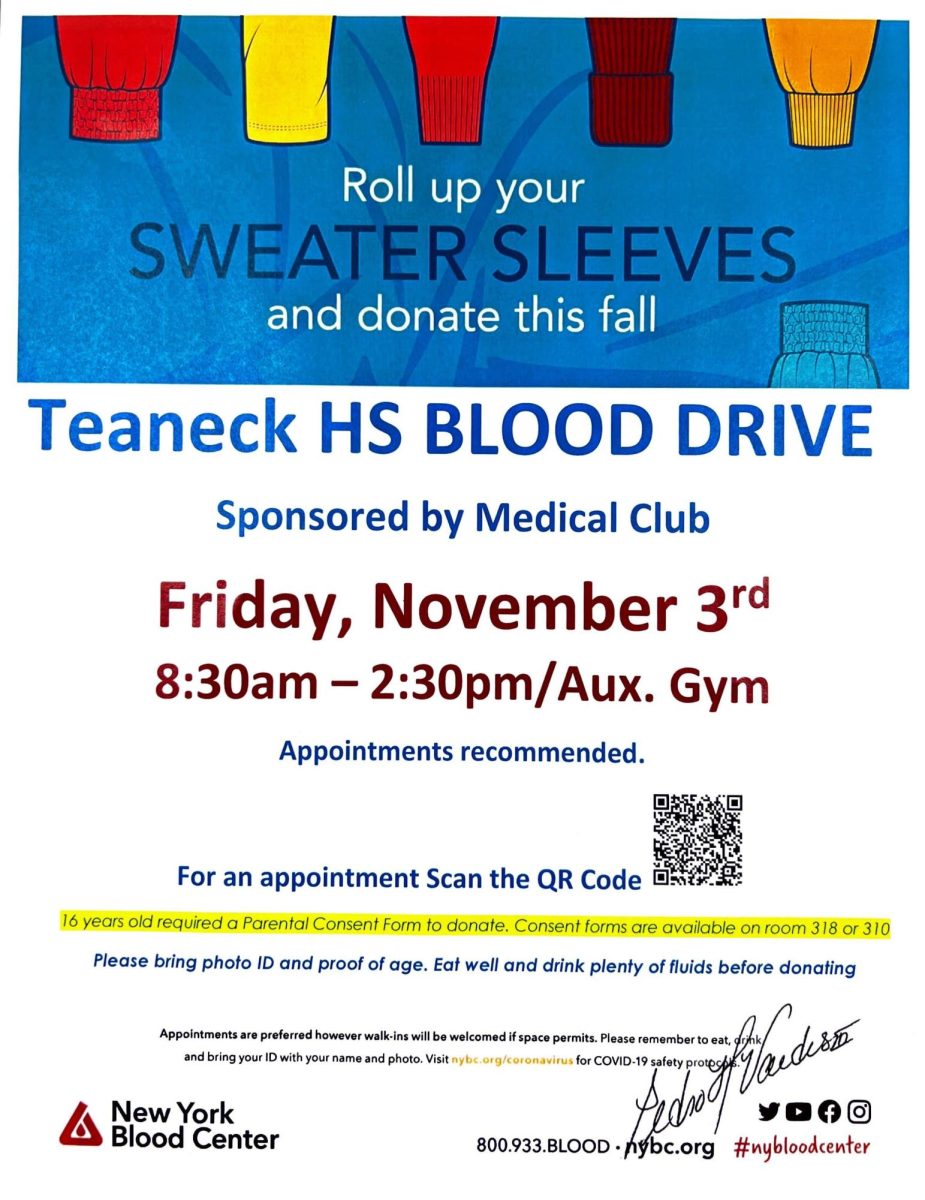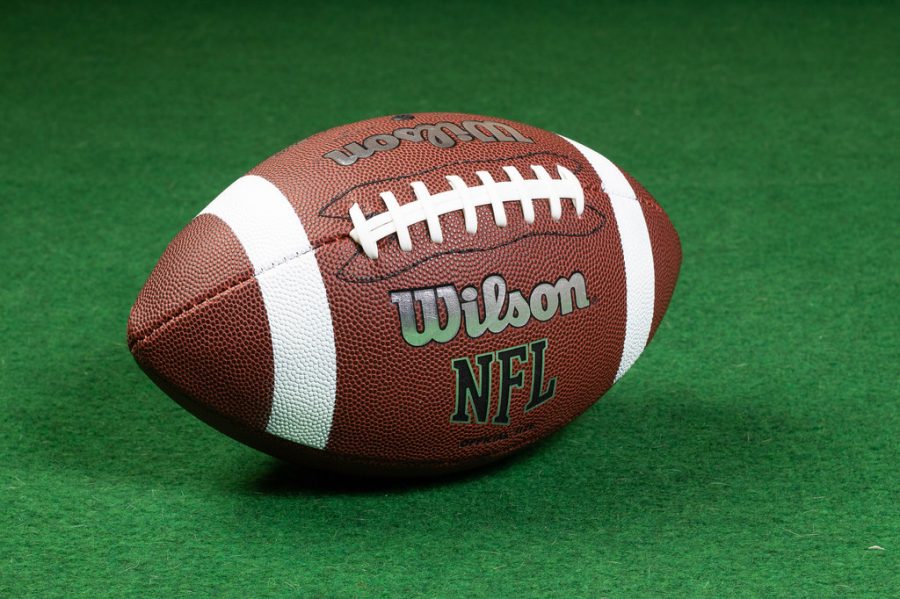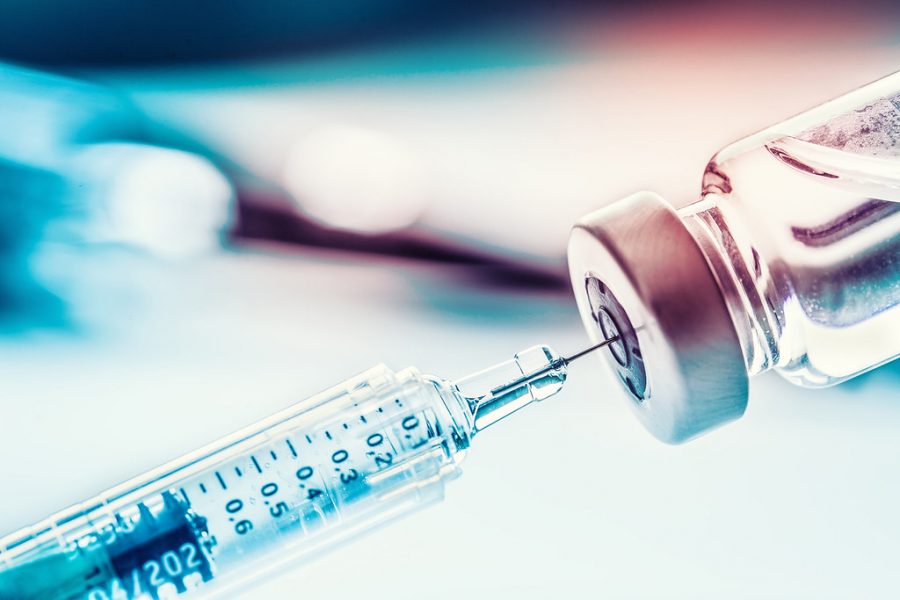November Through February: A Vaccination Timeline
June 18, 2021
- November 2020
Pfizer and BioNTech announce the chance of a vaccine with 90% effectiveness.
Even with the possibility of vaccine distribution soon, people are doubtful life will go back to “normal” anytime sooner than summer of 2021.
- December 2020
As more announcements about the COVID vaccine come up, people spark discussions on whether they are planning on getting it or not – most people who were hesitant were worried about side effects and the government handling distribution properly. The most hesitant group also consisted of people who were reluctant to wear masks throughout the pandemic.
Governments begin planning on how to administer the COVID vaccine properly.
On December 8, 2020, a 90-year-old British woman received the first vaccine in the world, which correlates with the UK’s plan to administer the vaccine to people over 70, health care workers, and other essential workers who were required to use shields.
At this point, the US government only has 100 million doses, which barely covers 20% of the US population. The US government didn’t buy many doses in the beginning due to uncertainty of Pfizer’s vaccine’s effectiveness, even though it was one of the few vaccines in the more advanced developmental stages.
As the vaccine is limited in the United States, CDC recommends that vaccine distribution plans should be made with specific goals in mind: decreasing death as much as possible, reducing the burden on people who are already suffering or have suffered from COVID-19, and preserving a functioning society.
On December 14, 2020, Sandra Linday, a nurse, was the first person in the United States to receive the vaccine, correlating with the States’ plan and CDC’s recommendation to give the vaccine to high-risk healthcare workers and residents of long-term care facilities first.
On December 21, 2020, President-elect Joe Biden received the first dosage of COVID-19 on live television.
COVID variant called B.1.1.7 first detected in the US around the end of December 2020 (was identified in the UK in the fall of 2020)
- January 2021
On January 11, 2021, President-elect Joe Biden received the second dosage of COVID-19 on live television.
States begin allowing people to pre-register for the COVID vaccine.
Vaccine rollout begins, essential workers are offered vaccinations along with older adults.
- February 2021
An increased number of variants are reported globally, CDC announces that they are “working to monitor the spread of identified variants, characterize emerging viral variants, and expand its ability to find new SARS-CoV-2 variants.”
Vaccines are given to a larger number of people above the age of 18. The receival of second doses span between less than a week to about three weeks, though many scheduling glitches have been reported.
Demand for vaccine doses begins to surpass current supply. Several mass vaccination sites in California and in other states have had to temporarily close to wait for their weekly shipment of doses. Many other states in the nation have had to halt distribution due to supply shortages. Those who are trying to get their second dose are “competing” against those who are becoming eligible and are signing up for their first dose.
CDC states that if a person has gotten their COVID vaccination, they do not need to quarantine.
Studies suggest that people who have had COVID may only need one vaccine dose.
Visit cdc.gov for up to date date information about COVID-19.
